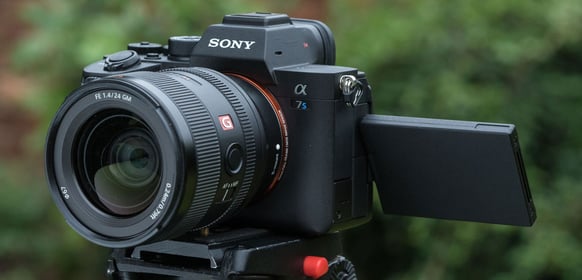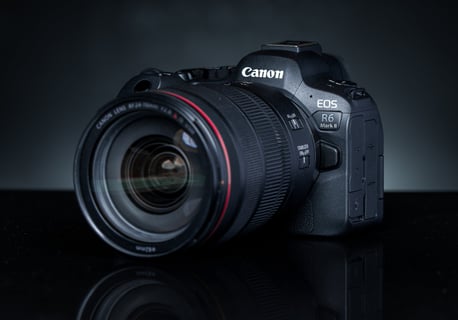Best Camera in 2024
VIDEOGRAPHY EQUIPMENT PHOTOGRAPHY EQUIPMENT
Choosing the right camera for filmmaking and videography is crucial, and it's not just about picking the most expensive option. Technology evolves rapidly, and without careful consideration, you might end up with features you don't really need, overspending in the process. To help you navigate this decision, I've curated a list of top camera recommendations that balance performance and value.
Starting off at number two is the Canon R6 Mark II. This camera boasts a 24-megapixel full-frame sensor and can shoot impressive 4K video at 60 frames per second without cropping, derived from downsampling 6K footage. This results in exceptionally detailed slow-motion shots. One of its standout features is its minimal rolling shutter effect, making it great for capturing fast-paced action smoothly. While Canon's native lens selection can be somewhat limited, adapting EF lenses opens up a wide range of high-quality options. The R6 Mark II excels in autofocus performance, ease of use, ergonomic design, and color science, making it a versatile tool for videographers. Additionally, it includes in-body image stabilization and essential exposure tools like zebras and false color. For those looking to maximize its potential, pairing it with an Atomos Ninja V allows for capturing 6K ProRes RAW footage, enhancing its capabilities significantly. Priced at around $2600, it offers robust performance at a competitive price point.
Moving on to the Sony a7S III, which shares similarities with the Sony FX3. Both cameras feature a 12-megapixel full-frame sensor optimized for video recording. Despite its seemingly low megapixel count for photography, this deliberate choice enhances its video capabilities, particularly in low-light conditions and dynamic range. The FX3 distinguishes itself with cinema-oriented design elements such as XLR inputs for professional audio, whereas the a7S III adopts a more traditional mirrorless form factor. Both models deliver exceptional image quality and performance for filmmaking, catering to different shooting preferences and production setups.
When selecting a camera for your filmmaking needs, consider factors like resolution, low-light performance, autofocus capabilities, and compatibility with your existing gear or accessories. Each of these cameras offers unique strengths suited to various filming styles and preferences. Whether you prioritize versatility, image quality, or specialized features like professional audio inputs, understanding these distinctions will empower you to make an informed decision that aligns with your creative vision and technical requirements.
Ultimately, the best camera for you is one that not only meets your current filming needs but also aligns with your long-term creative aspirations. As technology continues to advance, staying informed about new developments and updates can further enhance your filmmaking capabilities. By choosing wisely and understanding your priorities, you can invest in a camera that elevates your storytelling and enhances your filmmaking journey.



